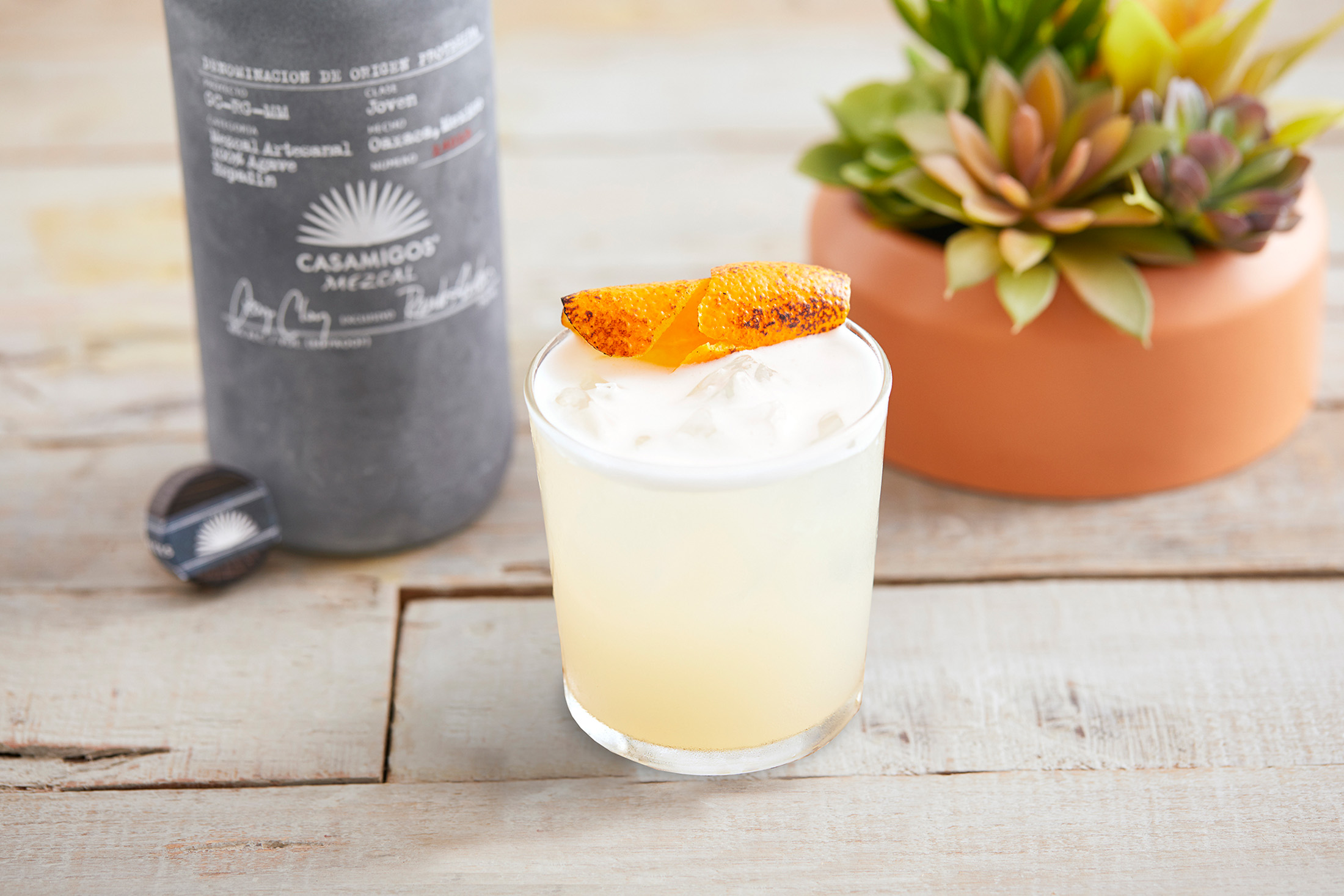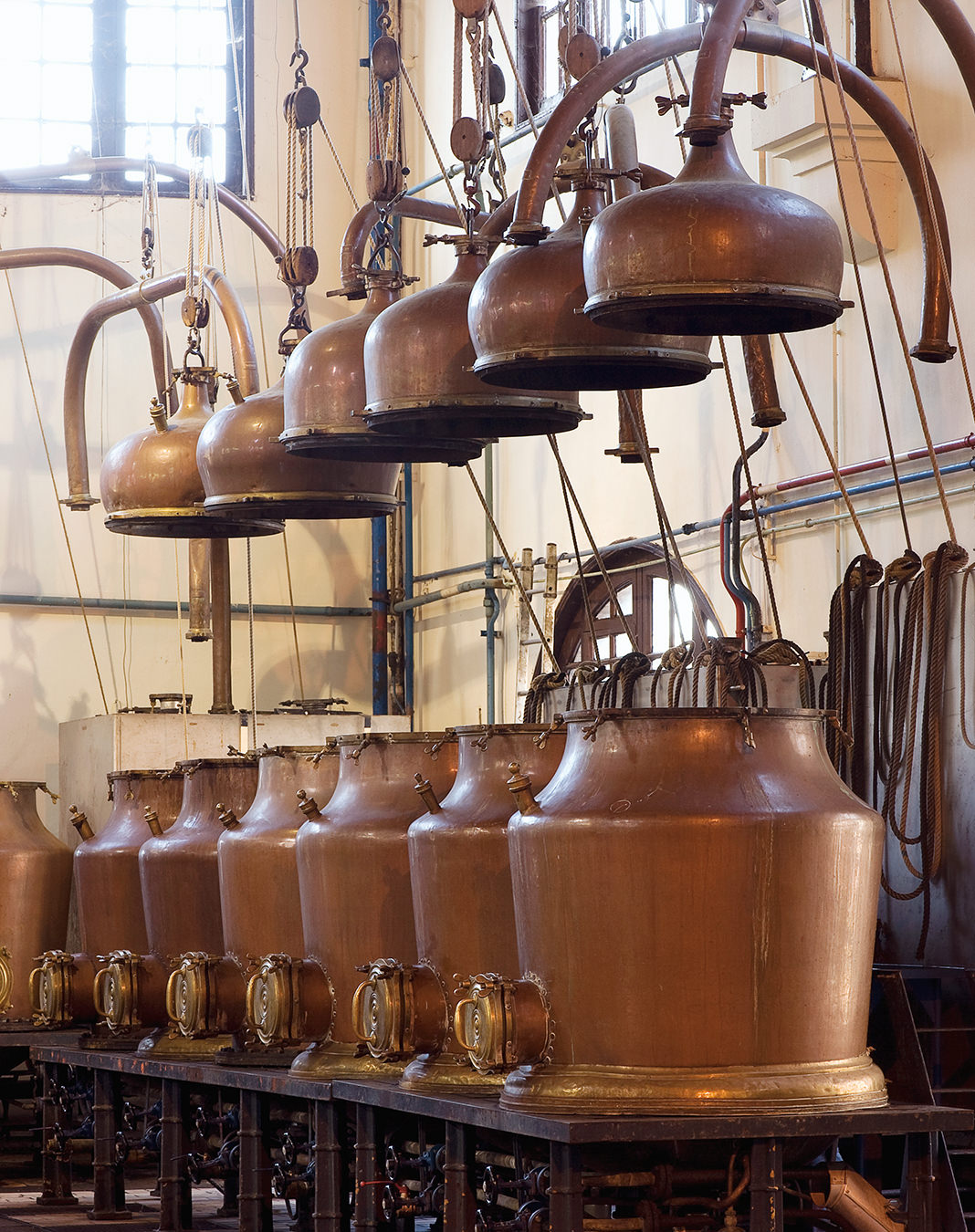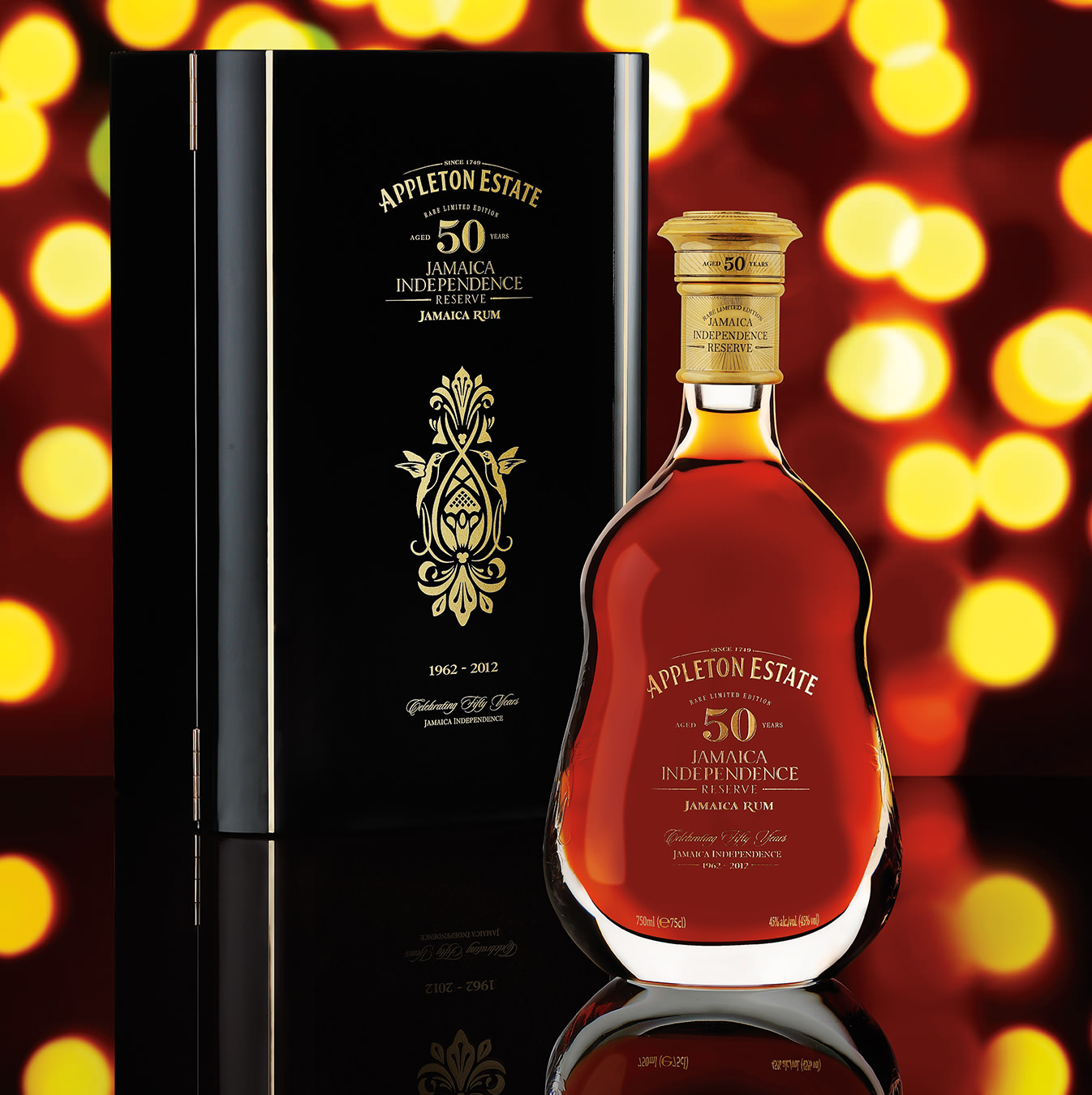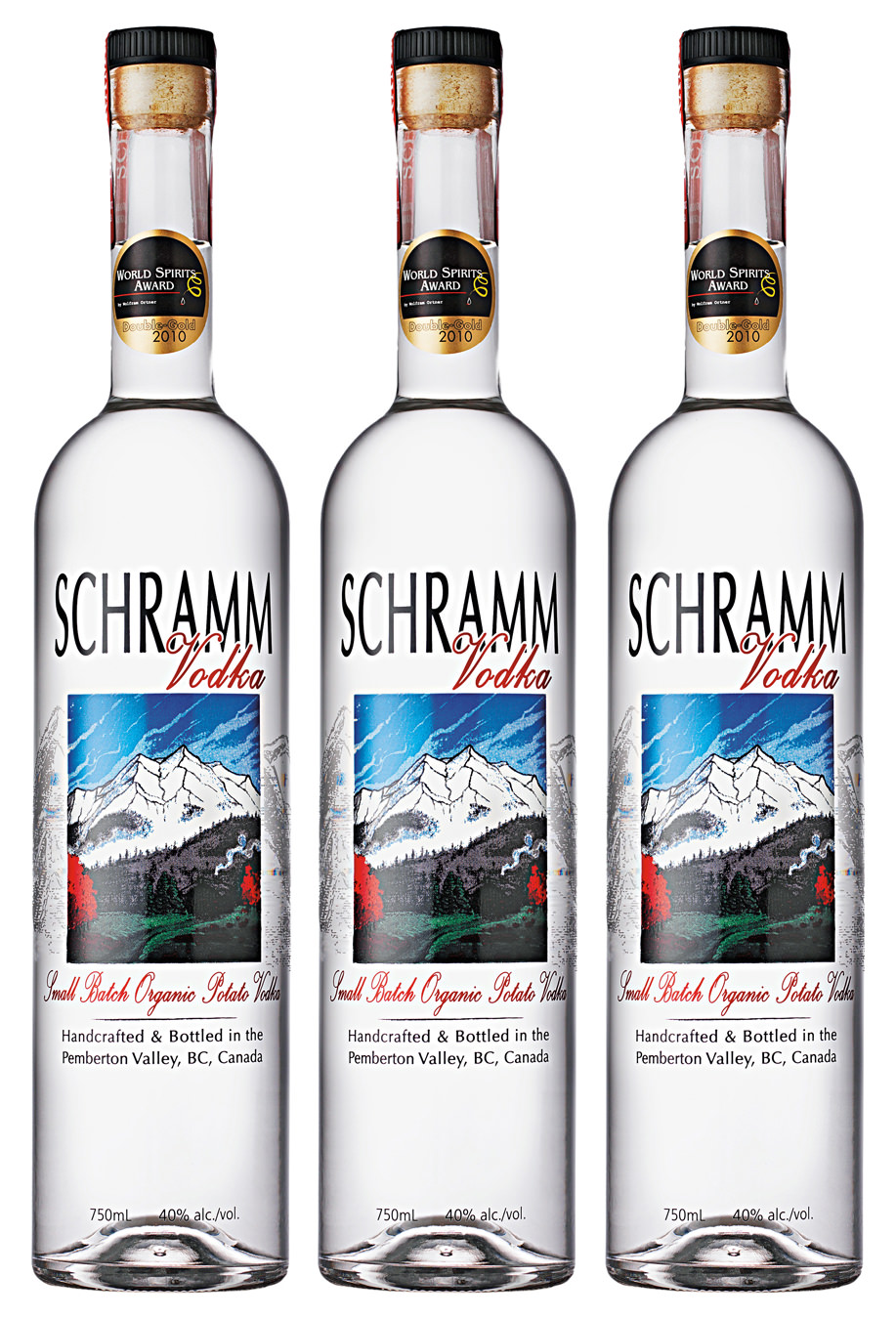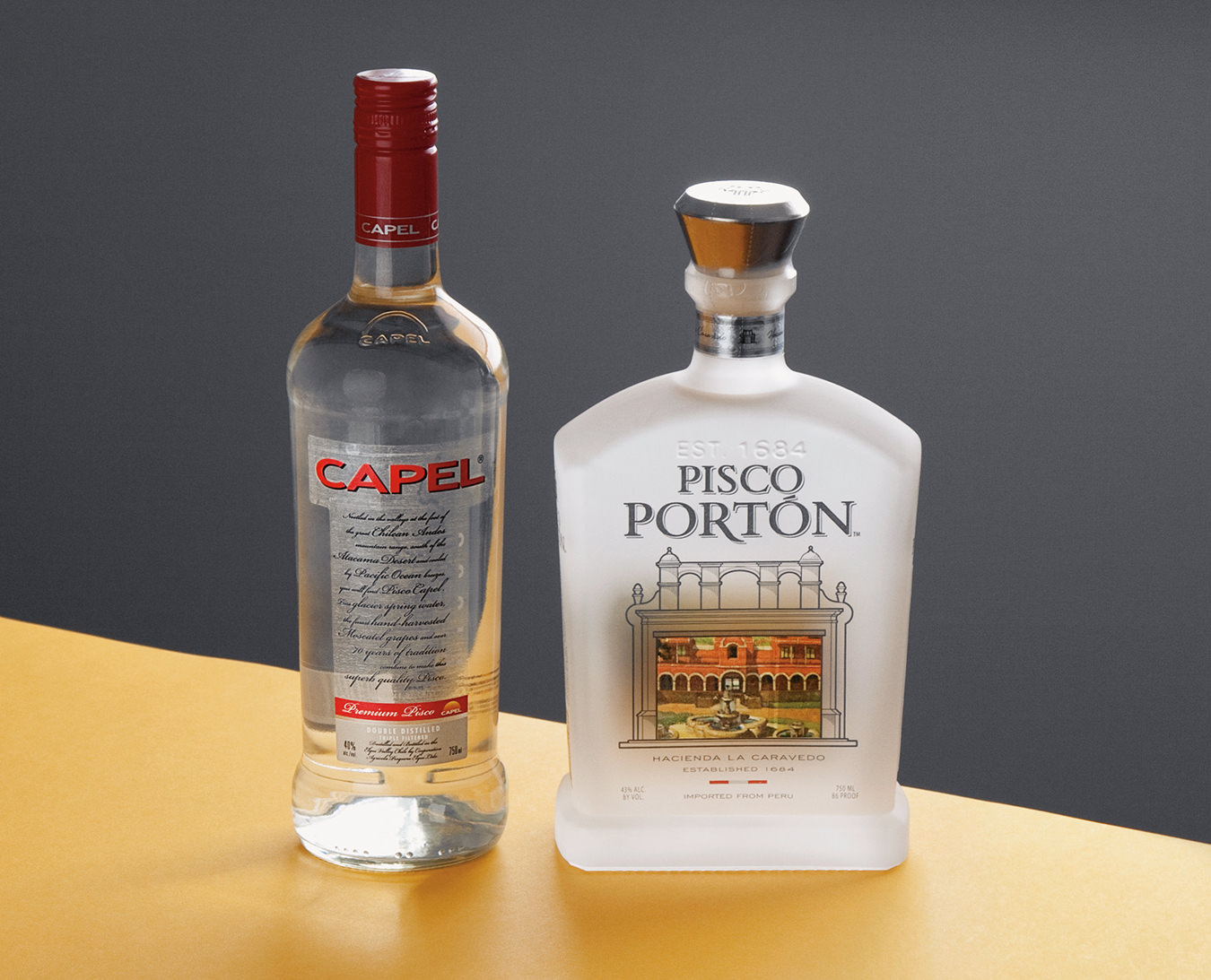Casamigos Joven Mezcal
Smoke on the water.
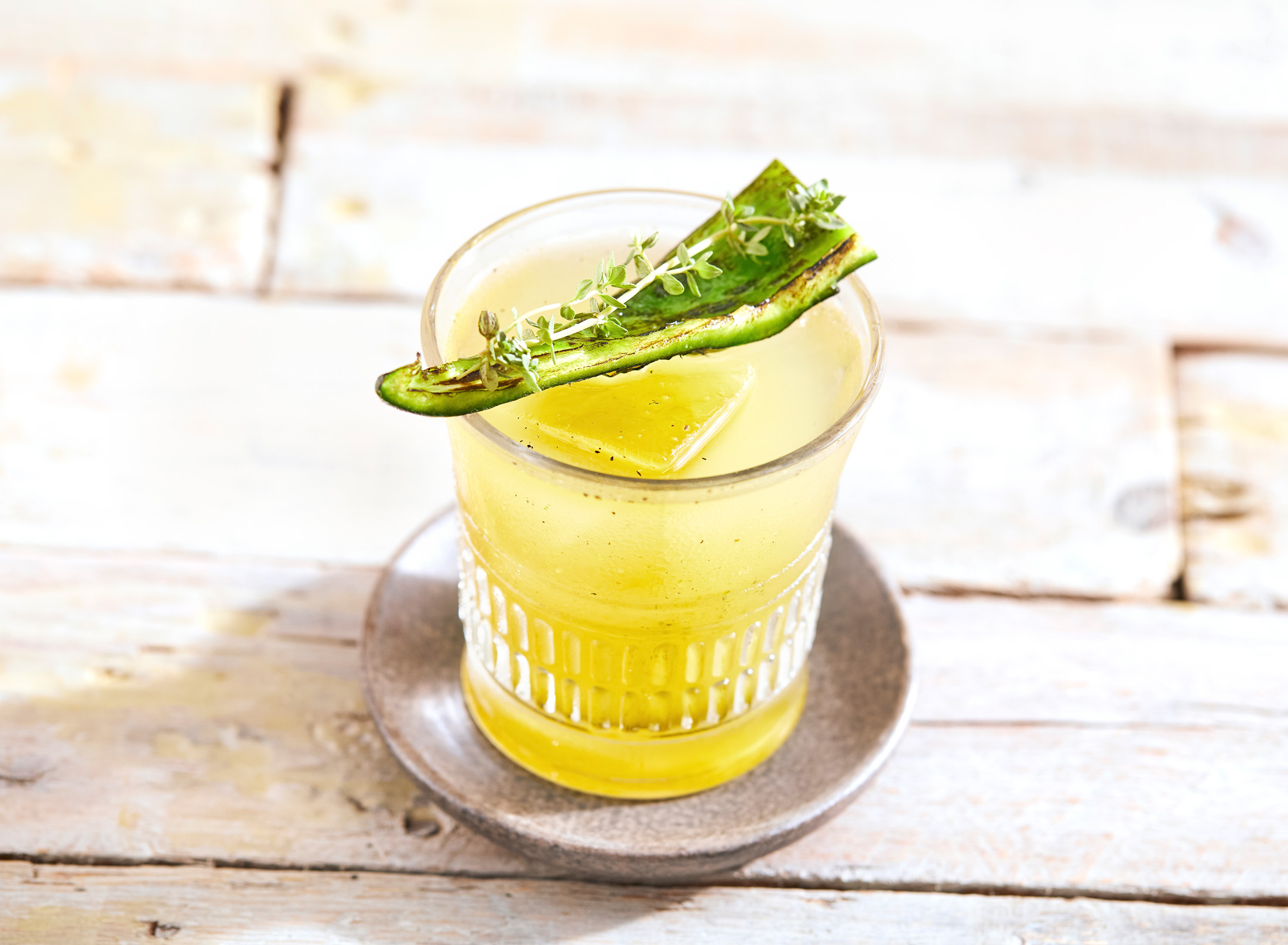
When you think of mezcal, Muskoka isn’t really the first place that comes to mind. The Central Ontario region’s vast coniferous trees and lakes feel like a world away from the arid climate where mezcal’s main ingredient, agave, thrives. Yet it’s there that Casamigos Tequila invited a select number of journalists to taste its brand new Joven Mezcal, launching in Canada later this month.
What Muskoka offers is a lifestyle that’s become a cottage country ideal: dock parties, spending time with family and friends, sunny recreation, and having a closer connection to nature. Just a two and a half hour drive north of Toronto, it’s also a hot spot for the city’s affluent and a growing number of celebrities in the summer months: Martin Short, Goldie Hawn and Kurt Russell, Stephen Spielberg, Justin Bieber and for the past 10 years, Casamigos co-founder Rande Gerber and his wife Cindy Crawford.
Gerber co-founded Casamigos along with actor George Clooney and developer Mike Meldman, and since 2013 they’ve made quick success with their Blanco, Reposado, and Anejo tequilas. Last year they sold the brand to spirits giant Diageo in a deal for up to $1-billion U.S. ($1.3-billion Canadian), making the five-year-old company the fastest growing tequila brand in North America.
“George, Mike and I are passionate about Casamigos and everything we do,” Gerber beams.
Despite the acquisition, both Gerber and Clooney’s names still appear on the bottle, and they continue to shape the company and the direction it takes, including branching out into the world of mezcal. “George, Mike, and I are passionate about Casamigos and everything we do,” Gerber beams. “I am still just as involved, still overseeing everything. I love what I do and it’s all I drink.”
Though they’re similar in terms of origin, mezcal differs from tequila in a number of ways. Tequila is made strictly from blue agave, while mezcal can be made from any number of the agave plant varietals. For its Joven Mezcal, Casamigos chose Espadin agave from Santiago Matatlán in Oaxaca, Mexico—a place often referred to as the “world capital of mezcal”.
On the nose and the palate, mezcal has a characteristically smoky profile, which comes from the cooking process wherein the agave hearts (or piñas) are roasted in underground pits of volcanic rock over a period of four to six days. That same ashy environment is what inspired the distinctive design for Casamigos’ Mezcal bottle, which is coated in a black matte finish.
The smokiness of Casamigos’ Mezcal gives way to a sweet yet earthy agave flavour, with notes of dried oregano and orange zest.
“When I think of mezcal, I think of rough and smoky with an edge to it,” Gerber explains. “I wanted our bottle to have the personality of the family who makes our Mezcal. It’s authentic, handmade, uniquely textured, smoky, edgy and changes as it gets passed around. I have a feeling these bottles won’t be thrown away after they are finished.”
The smokiness of Casamigos’ Mezcal gives way to a sweet yet earthy agave flavour, with notes of dried oregano and orange zest.
Though its flavour profile begs for it to be sipped neat or on the rocks, which is Gerber’s preferred way to imbibe anything Casamigos, the Joven Mezcal really shines in a cocktail. A margarita is never a bad choice, though it also works in a split-base cocktail Casamigos calls a “Oaxacan Paloma”, alongside their aged Reposado, with grapefruit and lime juice, lemon and lime soda, sprig of thyme and a simple syrup. It’s a knockout combination that really highlights the herbal and citrusy notes of the spirit.
As a cottager himself, Gerber has tapped into a quintessentially Canadian experience. In closing the divide from Oaxaca to Muskoka, Casamigos might just be the brand that helps make mezcal more accessible to Canadians.
_________
Never miss a story. Sign up for NUVO’s weekly newsletter, here.


